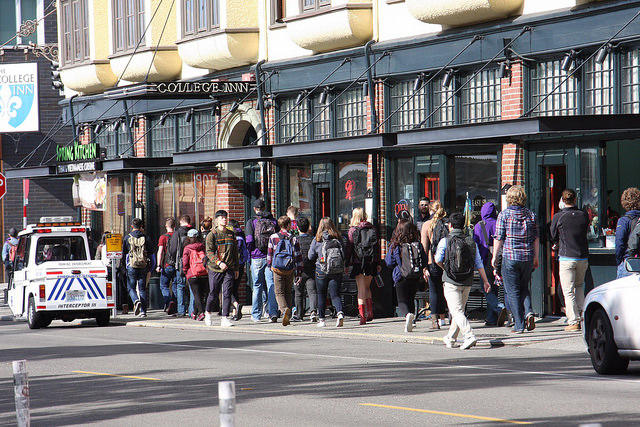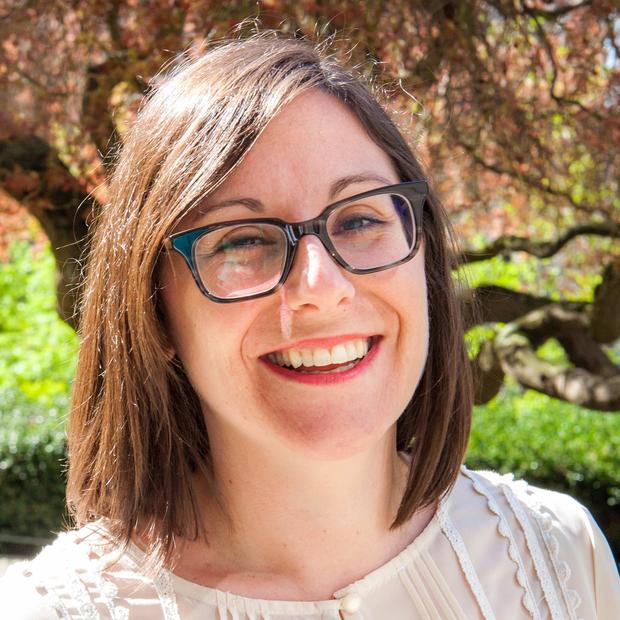Seattle is recognized around the world as a leader in addressing climate change. We were one of the first cities in the nation to embrace the goal of carbon neutrality by 2050 and we have centered our climate work in growing a thriving more equitable city. Since then, dozens of major cities in the U.S. and around the world have followed suit.
Like many of today’s complex challenges, there is no single measure that will enable us to achieve our climate goals. Seattle’s approach advances a suite of strategies aimed at reducing pollution from transportation, building energy and waste — while accommodating growth.
An op-ed that ran in Crosscut in December, by Miller Hull architect Jim Hanford, claimed that Seattle’s urban village strategy was undermining our climate goals. This could not be further from the truth. Seattle’s urban village strategy calls for directing most of our growth to existing commercial centers. It is a strategy that keeps our urban centers vibrant, convenient and attractive, and directs development away from Seattle’s single-family neighborhoods. It is also central to achieving our climate goals.
Transportation is by far Seattle’s largest source of climate pollution. Because it is responsible for two-thirds of our greenhouse gas emissions, it is vital that we start reducing transportation pollution at an accelerated pace going forward. Creating walkable, transit-oriented communities where people have multiple choices in how they get around is not just convenient for residents and businesses, it’s critical for the health of our city.
If we want to accommodate our growing population while getting serious about climate change, we have to offer a range of housing choices for people within the city, with transit, bike and walking options that allow them to get to school and work. The urban village strategy is about creating great places to live, learn, work and play while keeping our climate pollution to a minimum.
Advancing energy efficiency in the built environment remains a critical strategy for achieving our climate goals. That’s why Seattle boasts one of the strongest energy codes in the nation for new construction. Changes to the Seattle Energy Code over the past decade have been strengthening standards for new construction that further reduce energy use.
There has been approximately a 30 percent energy reduction based on energy code revisions from the 2006 code to the 2015 code. While it’s reasonable to assume that older buildings are not as energy efficient as more recent construction, the energy performance of new high-rise residential buildings going forward will be considerably closer to that of new mid-rise residential buildings.
Additionally, Seattle this year passed a requirement for our larger commercial buildings to undergo periodic building “tune-ups” to help them operate more efficiently. Seattle is serious about increasing energy efficiency, which is why our emissions from buildings declined 13 percent between 2008 and 2014.
The future of the University District represents a great opportunity to create housing choices close to job opportunities, services and light rail. Given the imperative to reduce transportation-related emissions, allowing more people to live in a complete, compact neighborhood within walking distance of frequent transit and everyday needs (shops, cafes, restaurants, day care, and the like) is lockstep with our vision for a low-carbon future.
The proposed changes in the U District would put 3,500 to 5,000 new homes and 3,000 to 4,800 new jobs within a 10-minute walk of the future Sound Transit LINK light rail station. Through Seattle’s new mandatory housing affordability requirements on developers, these changes will also generate 620 to 910 affordable homes.
The plan also provides $10 million to $14 million in developer contributions to preserve historic buildings, create new public open space and implement green street improvements. These public benefits are intended to improve the quality of place and the quality of life for residents and businesses, and will be on top of public investments that have already been committed in this urban center: new sidewalks, parks, social services programs and business district improvements.
A mix of building types create different housing choices that optimize walkability to amenities, services and jobs in our transit-rich neighborhoods. Not only do these choices help us address climate change through energy efficiency and transportation options, they also create the communities where we want to live and play and grow.



